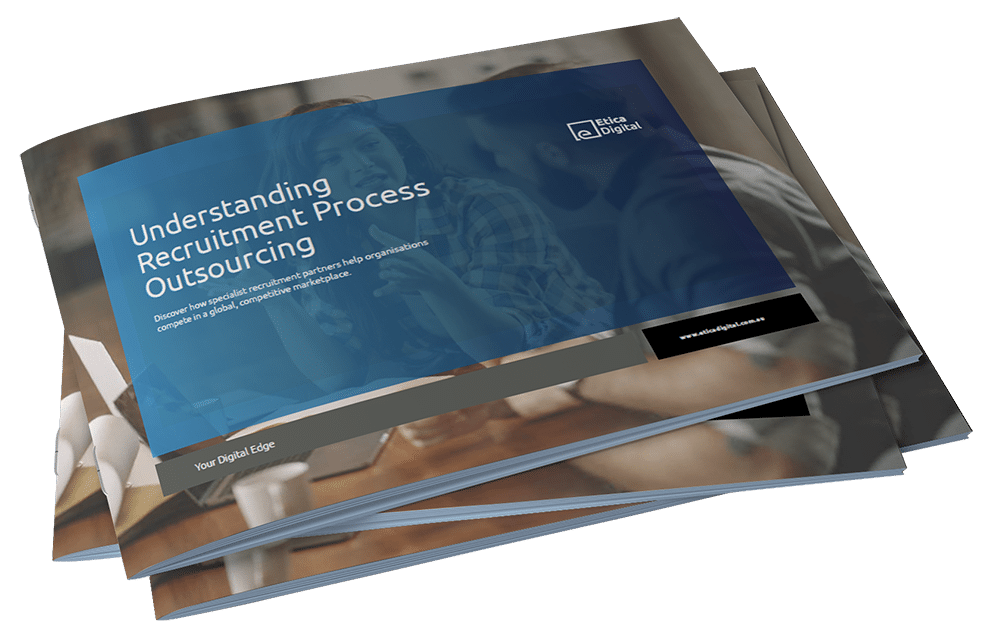You’ve written a great job specification, turned it into succinct job advert and put it online, only to be disappointed with the number of applicants. We’ve all been there, but a few simple changes can provide marked improvements.
Keep the job title short and simple.
Too often see job titles that do not align with what the role is and just shake my head. In a competitive hiring landscape, you need to ensure that many people can find your job advert through a search engine.
The best job title is simple, relevant, and searchable. Research shows that simple job titles with only 1-3 words have a much higher click rate than longer titles.
It is also important to ditch the ‘cuteness’ or ‘creativity’. For example, if the role is “Sales Manager”, say so, don’t run with ‘GrowthOps’, ‘Revenue Generator’ or the like.
Remember that potential applicants will find the job usually by searching on the title so that creative ones will work against you. Search engine algorithms also look for trends to rank job titles, so less common ones get positioned lower in search results.
Many roles also put ‘Senior’, ‘Lead’ and the like in titles. I’d recommend in hard to fill positions that you ditch these terms in the title and shift into the description. Many applicants lacking confidence ditch these out of hand yet are more likely to back themselves when reading the full role description.
Your Position Description is not your Job Advert.
Suppose your online advert reads like a novel. In that case, your recruitment team is pasting the position description into your job boards. Position descriptions are great for aligning recruitment and the business. Still, they are far too long to be helpful as an advert.
We recommend that the best job adverts are between 500 and 700 words. In addition, we recommend cutting the advert down by making it about the applicant, not about your company. We have a few recommendations, including:
- Don’t list every requirement of the job; people will switch off. Instead, list the essential 3-4 requirements.
- Make sure you list your employee benefits and take the time to edit this, so it is impactful. You want them to apply, so focus on what they get.
- Don’t use common jargon. ‘Fast-paced environment’, ‘team-culture’ and ‘flexible workplace’ are overused and boring. If it isn’t unique to your company, take it out.
- If you must have an ‘About Us’ section, keep it short. They can visit your website quickly enough, so leave it all there.
Your processes need to make it easy.
If your application processes are tedious, long, or repetitive, you simply will not get many applicants applying. Many organisations build strategies to fit the needs of their recruitment team, where they would be better off focusing on the applicant.
Some examples of processes that need changing include:
- Where cover letters are mandatory in the application, most applicants bulk apply to multiple roles when searching these days and will skip these adverts.
- Where submissions do not accept specific file types. For example, If you only accept word documents, many people will skip past applying.
- Where forms ask redundant or repetitive questions. If my CV has my education history, why make me type it into a form?
These simple steps will result in a marked improvement in application rates.
Need Help?
Start by implementing the quick tips above and see if they drive positive results for you. If you are still not happy with the returns on your hiring efforts, talk to us today to find out how you can attract top talent.
Free Download
Our practical guide provides useful insights for maximising the benefits that Recruitment Process Outsourcing can offer.
Whether you are a Senior Executive, Program Director or Manager or part of a team looking at the benefits of offshoring our guide offers solutions to common management and governance concerns when adopting a Recruitment Process Outsourcing (RPO) model.
Our practical guide is built on the lessons we have learned over many years, and offers unique advice to help you realise the benefits that RPO offers.
